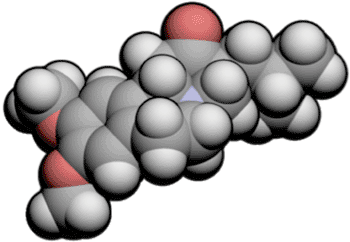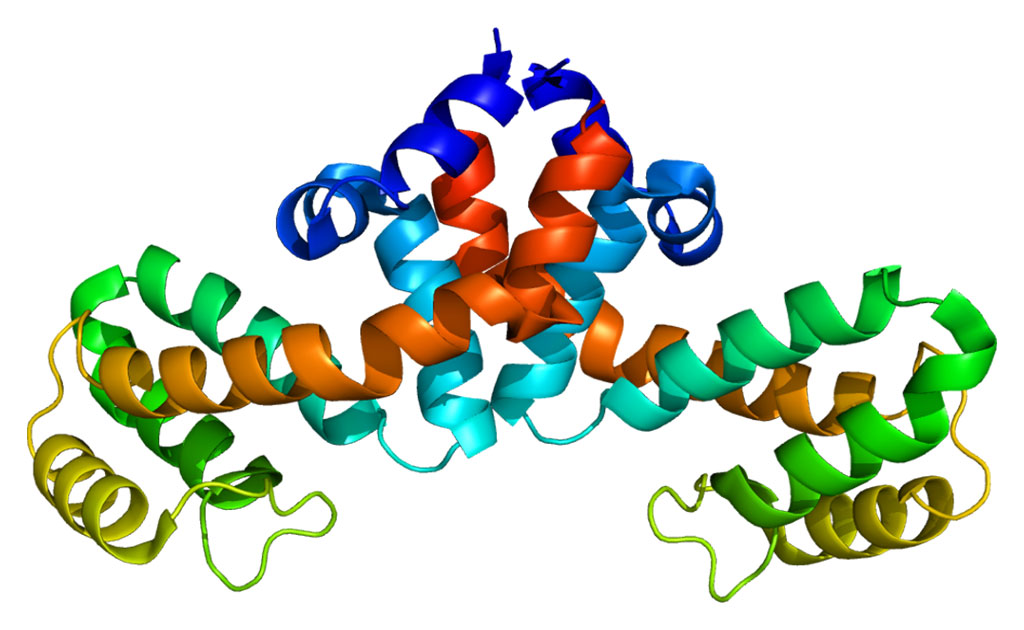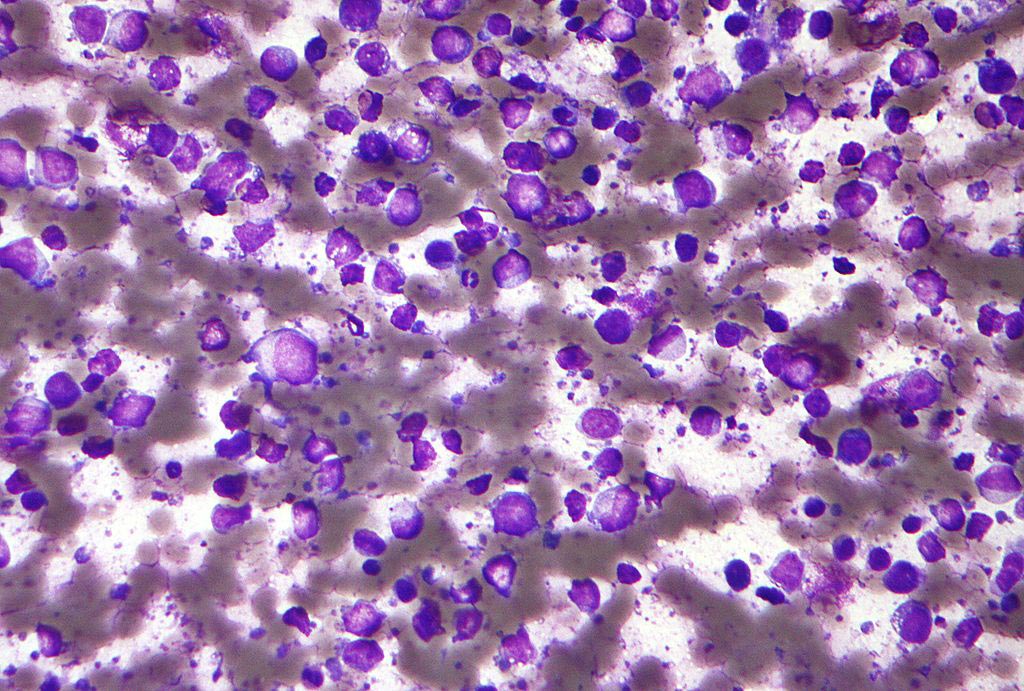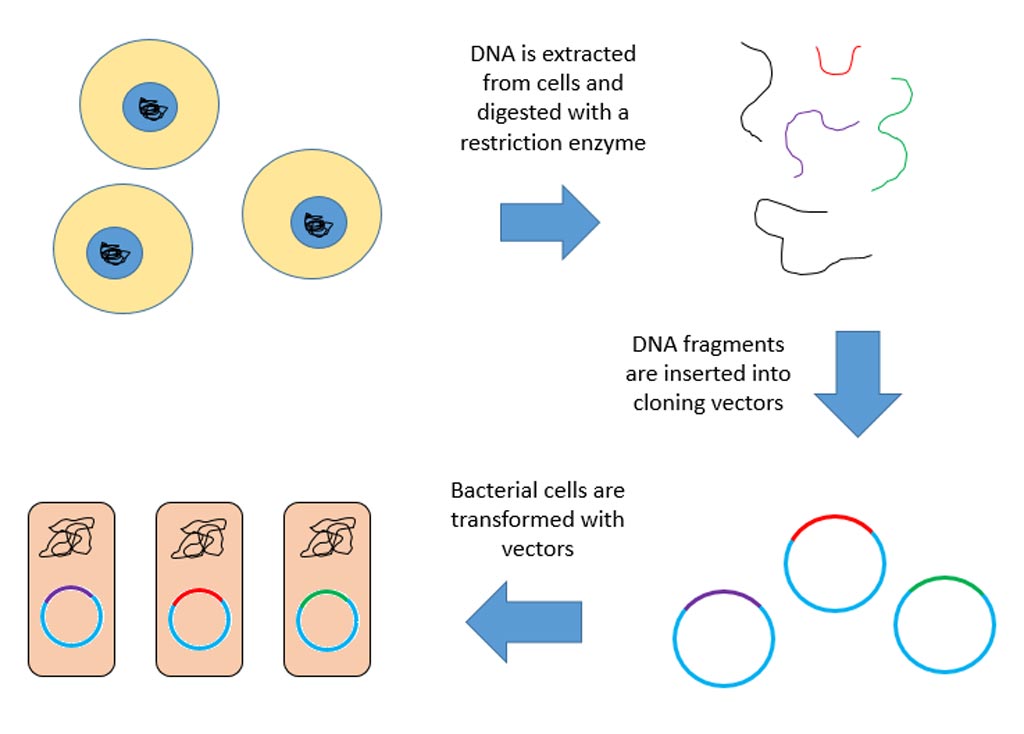Results of Mutagenesis Study Expected to Guide Development of Drugs for Nervous System Disorders
By LabMedica International staff writers
Posted on 21 Jan 2014
A mutagenesis study utilizing a human gene expressed by yeast cells has yielded new insights into the molecular mechanism controlling binding of neurotransmitters in the brain.Posted on 21 Jan 2014
The study focused on the transport of monoamines into storage vesicles, which is mediated by vesicular monoamine transporter 2 (VMAT2) and is inhibited by the drug tetrabenazine (TBZ), which is used to control the jerky involuntary movements that occur in Huntington's disease and related disorders.

Image: Three-dimensional molecular space-fill model of tetrabenazine (TBZ) (Photo courtesy of Wikimedia Commons).
VMAT2, a member of the DHA12 family of multidrug transporters, is an integral membrane protein that transports monoamines—particularly neurotransmitters such as dopamine, norepinephrine, serotonin, and histamine—from the cellular cytosol into synaptic vesicles. Irregularities in storage and transport of these neurotransmitters causes brain disorders and nervous system diseases, including Huntington's disease, Parkinson's disease, and various motor dysfunctions.
Investigators at the Hebrew University of Jerusalem (Israel) studied the interaction between VMAT2 and TBZ by implanting the human VMAT2 gene into yeast cells and then screening for mutants that were resistant to TBZ inhibition.
They reported in the November 8, 2013, issue of the Journal of Biological Chemistry that at the molecular level TBZ mapped to either conserved proline or glycine resdues, or to residues immediately adjacent to conserved proline and glycine. The data strongly suggested that these conserved alpha-helix breaking residues played an important role in conformational rearrangements required for TBZ binding and substrate transport.
These results provide a novel insight into the mechanism of neurotransmitter transport and TBZ binding by VMAT2, which is expected to aid in the formulation of new drug designs.
Related Links:
Hebrew University of Jerusalem








 (3) (1).png)




